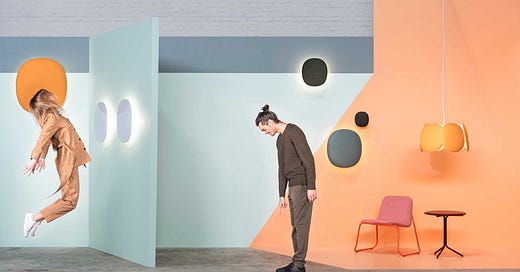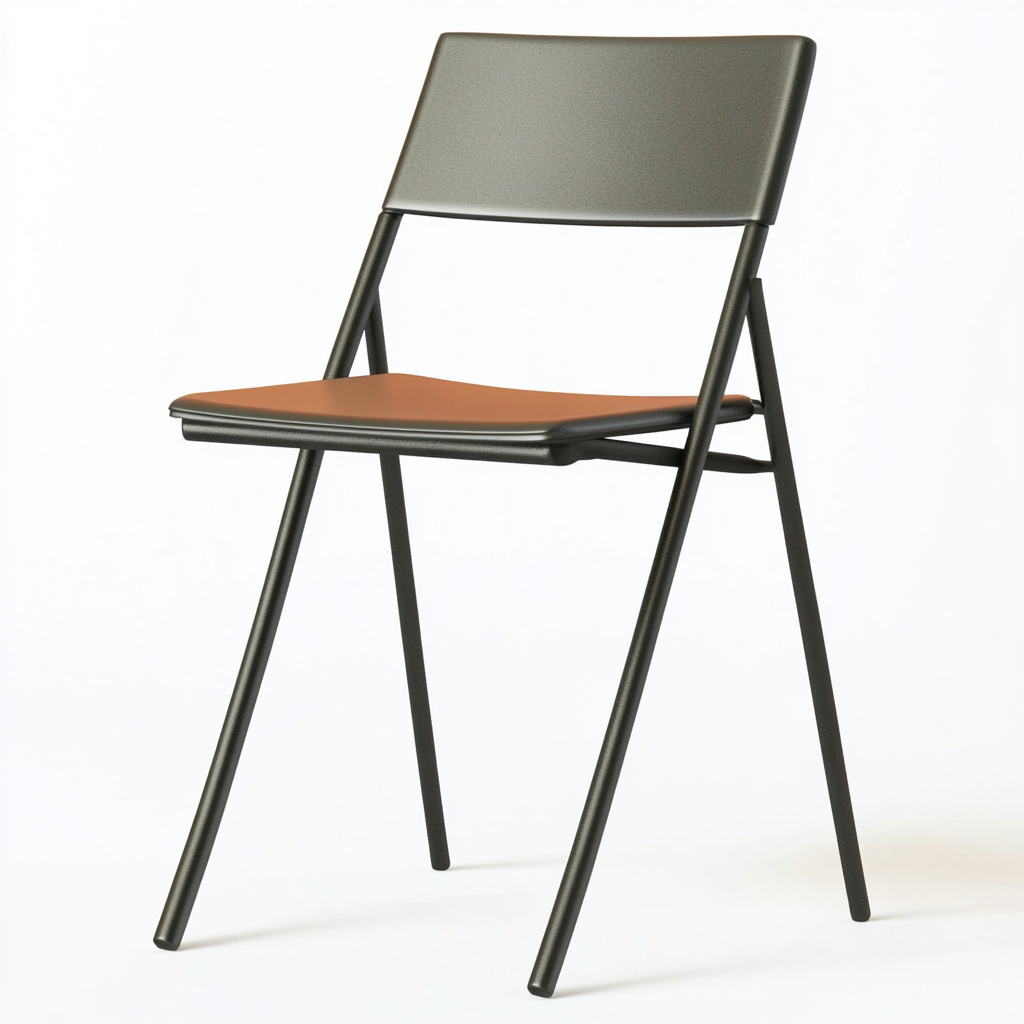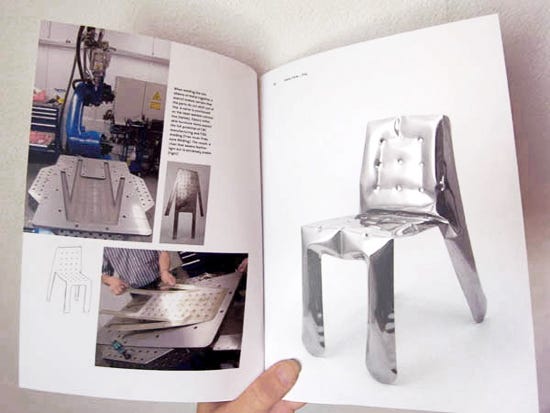The Designer’s Essential Guide to Royalties Agreements
Royalties are dream and pain of designers who want to live with thier own creation collaborating with companies. Let's see how to manage it.
NOTE FOR NEW SUBSCRIBERS: some of you made me notice that my case study link was broken, so, in case you couldn’t access to it, now it’s fixed and you can have it via this button:
Love to ear from you in any case, so feel free to write me anytime.
Now it’s time to start the topic of today.
The Royalties Game
““You will never make a proper income as a product designer. I barely pay my bills with my royalties.”
This heavy sentence came from one of my bosses when I was around 20 or 21 years old. It stuck with me, pushing me to prove that statement wrong. Not long after, I moved to London, then home to Europe’s highest density of design studios, where designers were thriving off their craft.

Many of you know my story: I started my studio at 23 after returning from the UK. Since then, I’ve been approached with royalty-based agreements countless times. Some have been sweet, others bitter. Through trial and error, I’ve learned valuable lessons about this revenue model. Today, I’ll share five essential tips for navigating royalties as a designer.
1_
Understand If Royalties or Forfait Suits Your Project Best
The ideal scenario is a mix of both: receiving an upfront fee (forfait) and royalties for the same project. But when you must choose, consider the nature of the work.
For complex, lengthy projects, a forfait may be safer—it ensures you’re compensated even if the product doesn’t reach the market. Royalties, on the other hand, can yield higher rewards for straightforward, market-ready designs, but they carry more risk.
2_
Royalties Won’t Last Forever
Even if a product initially sells well, market demand often drops after three years. This decline is nobody’s fault—it’s simply how trends work. To maintain momentum, consider proposing a restyling or suggesting a new collection based on the same concept. Longevity in royalties often depends on how proactive you are.

3_
Think of Royalties as "Renting an Idea"
When you agree to a royalties-based deal, you’re granting a company the rights to produce your design for a specific period. However, you retain ownership. If production ceases, the design returns to you, and you can pitch it to another company.

4_
Design a Collection, Not a Single Product
Collections typically sell better than standalone products. By extending an idea across 4-5 pieces, you give customers more options, increasing your earning potential. It’s about amplifying the reach of your concept while staying consistent.
5_
The Less They Sell, The More You Ask
Limited editions or slow-selling products often yield fewer royalties, sometimes as little as 8-9 pieces annually. In such cases, negotiate for a higher percentage to fairly compensate your efforts. Research previous sales records to strike the right balance and protect the value of your work.
Royalties can be a rollercoaster, but they’re an incredible opportunity for designers to monetize their creativity. If we talk openly about these challenges, we can better normalize the intricacies of our profession and focus more energy on innovation rather than financial struggles.
If this topic resonates with you, hit the ❤️ at the end of the newsletter - I’d love to continue this conversation!
Studio Life
As always, I’m focused on research to elevate the quality of my projects and now it’s time for some AI research.
Needless to say, AI is shaping the future, and I’m keen to explore how it can fit into my process. Right now, I’m designing a folding chair for a client - it’s a consultancy project, so my name won’t appear on it.
So I tried some AI to see the output.
While exploring AI tools for inspiration, I’ve noticed one major challenge: conveying exactly what I have in mind. Random outputs are easy to generate, but achieving a specific result that aligns with my vision is another story. Let’s see where this experiment goes.
Things to Read
Let me share a book that shaped my approach as a design undergraduate:
"The Making of Design" by Gerrit Terstiege.
This book documents the design process in its rawest form, with the author visiting design studios to explore how ideas evolve through maquettes and rapid prototyping. It’s been a constant source of inspiration and likely explains why I’m so open about sharing my own design process.
If you know of similar books, I’d love your recommendations, please share!
A Design I like
Peter Zumthor is widely known as an architect, but he’s also created remarkable pieces of furniture, such as the Valserliege Chaise Lounge.
This design stands out for its elegance and aerodynamic quality, achieved solely through wooden silhouettes. It’s an incredible example of sophistication and control over proportions. The construction method is also clever, though I’m unsure if it originated in his studio or with the manufacturer.
📣 Please join me in spreading the word—not only to share these insights, but also to inspire others to do the same.
The more of us there are, the better it is!
Cheers!
Mario
In case someone has forwarded this email to you, subscribe and join the community of Designer From Nowhere.










